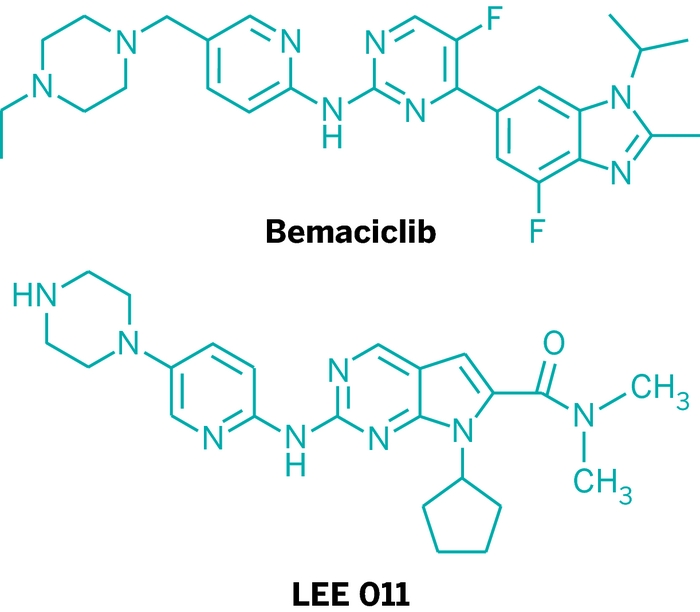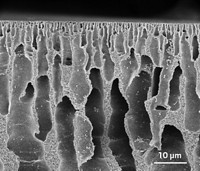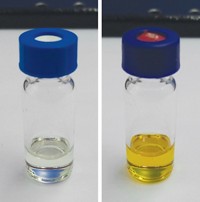Advertisement
Grab your lab coat. Let's get started
Welcome!
Welcome!
Create an account below to get 6 C&EN articles per month, receive newsletters and more - all free.
It seems this is your first time logging in online. Please enter the following information to continue.
As an ACS member you automatically get access to this site. All we need is few more details to create your reading experience.
Not you? Sign in with a different account.
Not you? Sign in with a different account.
ERROR 1
ERROR 1
ERROR 2
ERROR 2
ERROR 2
ERROR 2
ERROR 2
Password and Confirm password must match.
If you have an ACS member number, please enter it here so we can link this account to your membership. (optional)
ERROR 2
ACS values your privacy. By submitting your information, you are gaining access to C&EN and subscribing to our weekly newsletter. We use the information you provide to make your reading experience better, and we will never sell your data to third party members.
Environment
More On Enhanced Oil Recovery
June 16, 2014
| A version of this story appeared in
Volume 92, Issue 24
Corrections

\
May 12, page 10: A map in the article on forensic science incorrectly indicates that Maryland requires accreditation for forensic laboratories. Accreditation is optional. Maryland requires that forensic laboratories obtain and maintain a Maryland state license to perform services. These licensure requirements sometimes exceed forensic accreditation standards.
May 12, page 34: In a story on CDK 4/6-targeted cancer drug candidates, the structure of Eli Lilly & Co.’s bemaciclib is shown as a salt; it is being developed as the corresponding free base. The structure of Novartis’s LEE 011 is also incorrect. The correct structures are shown here.
Unless economically viable alternative sources of energy emerge in the foreseeable future, oil and gas will continue to provide a major portion of energy for society. As mentioned in “A Carbon Commodity,” enhanced oil recovery (EOR) using CO2 can increase crude oil production and at the same time sequester CO2 in underground formations (C&EN, April 28, page 23).
EOR includes other types of operations as well, such as chemical flooding and thermal recovery. The common purpose of these various types of EOR techniques is to restore pressure in depleted reservoirs and to improve oil displacement in the reservoirs, thus pushing more crude oil into production wells. Specifically, for example, in CO2 injection, CO2 can make oil less viscous and hence easier to sweep to production wells. With the chemical flooding, selected chemicals can optimize the interfacial forces among oil, water, and formation rock, thus enhancing oil extraction and production.
Leiming Li
Sugar Land, Texas




Join the conversation
Contact the reporter
Submit a Letter to the Editor for publication
Engage with us on Twitter